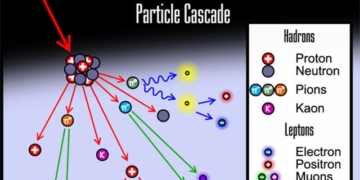Researchers have recently discovered DNA and RNA components in stones from outer space. Previously, scientists had identified components of life in meteorites, but it wasn’t until now that the collection has become complete.
This new discovery supports the theory that about 4 billion years ago, a meteor shower brought essential compounds for life to Earth, kickstarting a thriving Blue Planet as we know it today.
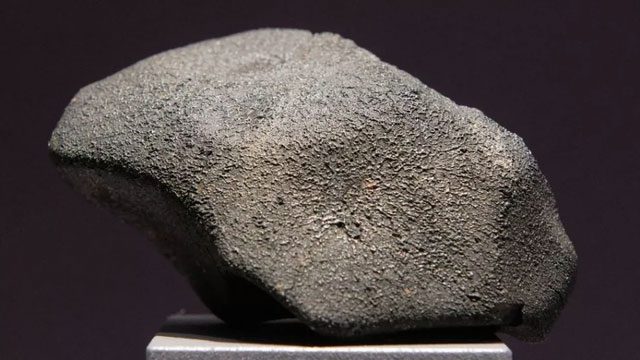
The Murchison meteorite contains essential components of life.
Not everyone agrees with this controversial viewpoint, nor do they believe that the DNA components actually have extraterrestrial origins. Chemist, astrobiologist, and professor at Boise State University, Michael Callahan, suggests that the meteorite could have acquired these valuable substances upon contact with Earth. In an interview with Live Science, Professor Callahan stated that “more research is needed” to rule out this possibility. Even if all the life components—specifically a group of cyclic organic compounds known as pyrimidines—originated from outer space, the professor still maintains that they have an “extremely low density.”
A significant number of people support Michael Callahan’s perspective, and the new research published in Nature has yet to convince the entire scientific community.
Space Rocks Carrying Life Components
Several components of DNA and RNA have previously been discovered in meteorites. Notably, among these are nucleobases (the building blocks of nucleic acids), which are the “letters” that make up DNA and RNA. The basic list of nucleobases includes adenine (A), thymine (T), guanine (G), cytosine (C), and uracil (U); with A, G, C, and T forming DNA, while A, G, C, and U make up RNA. However, until now, science had only detected A, G, and U in meteorites.
A recent study published in the journal Nature Communications at the end of April confirmed the presence of the previously missing components in carbon-rich meteorite samples. The meteorites contain all three nucleobases: cytosine (C), uracil (U), and thymine (T).
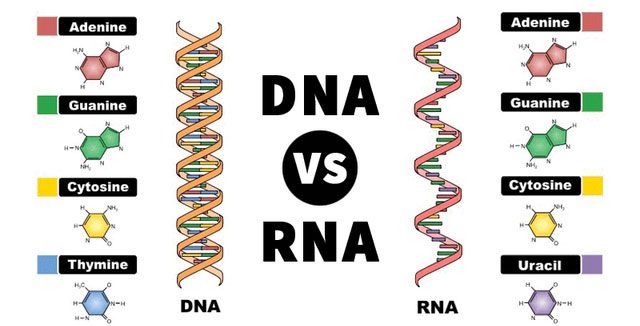
According to Professor Oba Yasuhiro from Hokkaido University, “the discovery of cytosine is quite surprising” because cytosine is unstable and reacts easily with water. While thymine and cytosine had never been found in meteorite samples before, many studies have demonstrated that these compounds can form in space environments.
In the laboratory, scientists recreated the chemical environment of interstellar space, which is filled with clouds of gas and cosmic dust at a temperature of 10 Kelvin (equivalent to -263.15 degrees Celsius); these clouds surround some large celestial bodies from which small meteorite fragments break away.
Researchers successfully synthesized thymine, cytosine, and other basic nucleobases under laboratory conditions. They confirmed that, theoretically, the building blocks of life could form in interstellar space.
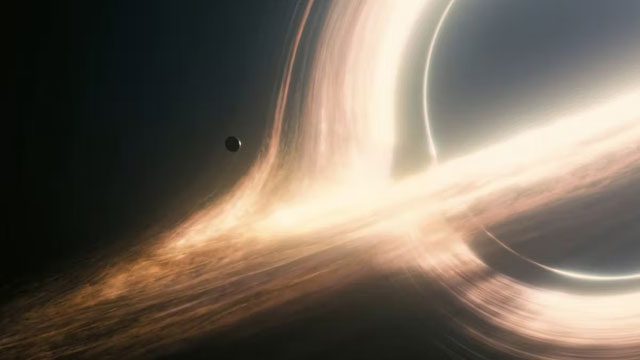
In space, no one can hear the sound of life forming.
This serves as a foundation for Japanese scientists to search for nucleobases in well-known meteorites. According to Callahan, meteorites like Murchison, Murray Lake, and Tagish Lake “all belong to a class of carbonaceous chondrites, which are famous for containing many organic compounds.”
Scientists had previously found hydrocarbons and amino acid-building blocks in the three mentioned celestial bodies. In earlier studies, Professor Oba Yasuhiro and his colleagues discovered a compound called hexamethylenetetramine (HMT) in meteorites, which is an essential component of organic molecules.
In the latest study, the team of Japanese scientists also found small amounts of adenine and guanine. The Murchison meteorite contains uracil, while it and the Tagish Lake meteorite contain thymine; the Murray Lake meteorite contains a thymine isomer. All meteorite samples showed traces of cytosine, alongside some other isomers.
However, it is still not possible to confirm that life on Earth originated from space.
To establish whether the nucleobases in meteorites have extraterrestrial origins, the research team examined soil at the locations where the meteorites landed. Professor Oba Yasuhiro confirmed that the distribution and density of organic materials in the soil differ significantly from those found in meteorites. In fact, some isomers are only present on celestial bodies from space and do not appear in the soil. Moreover, some rare isomers are seldom found on Earth.
By comparing the diversity of nucleobases in celestial bodies and in soil, researchers concluded that these compounds formed in space. They believe that nucleobases “contributed to the genetic characteristics of primitive life forms on Earth.”
Nevertheless, this assertion has not yet satisfied the entire scientific community. Professor Callahan argues that the amounts of cytosine (C), uracil (U), and thymine (T) in the soil are greater than those in meteorites, making it impossible to determine how many nucleobases originated from space and how many came from Earth.
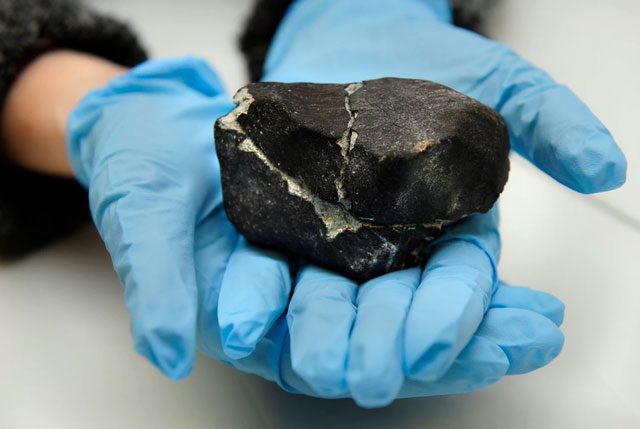
A piece of meteorite preserved at the Smithsonian National Museum of Natural History.
In addition, Callahan believes that the Japanese research team has not provided a biochemical reaction process that produces C, U, T, and their isomers. If they could achieve this, the research group would have additional evidence to confirm the extraterrestrial origins of the nucleobases.
Whether C, U, and T truly come from space, their density in meteorites remains modest, leading many researchers to doubt their potential to foster life.
In the future, Professor Oba Yasuhiro and his colleagues will continue to search for nucleobase traces in meteorites existing in space, aiming to eliminate doubts surrounding their origins. Japan’s Hayabusa2 spacecraft recently returned samples from the asteroid Ryugu, which may hold the answers to the significant questions that Professor Oba is pondering.





















































